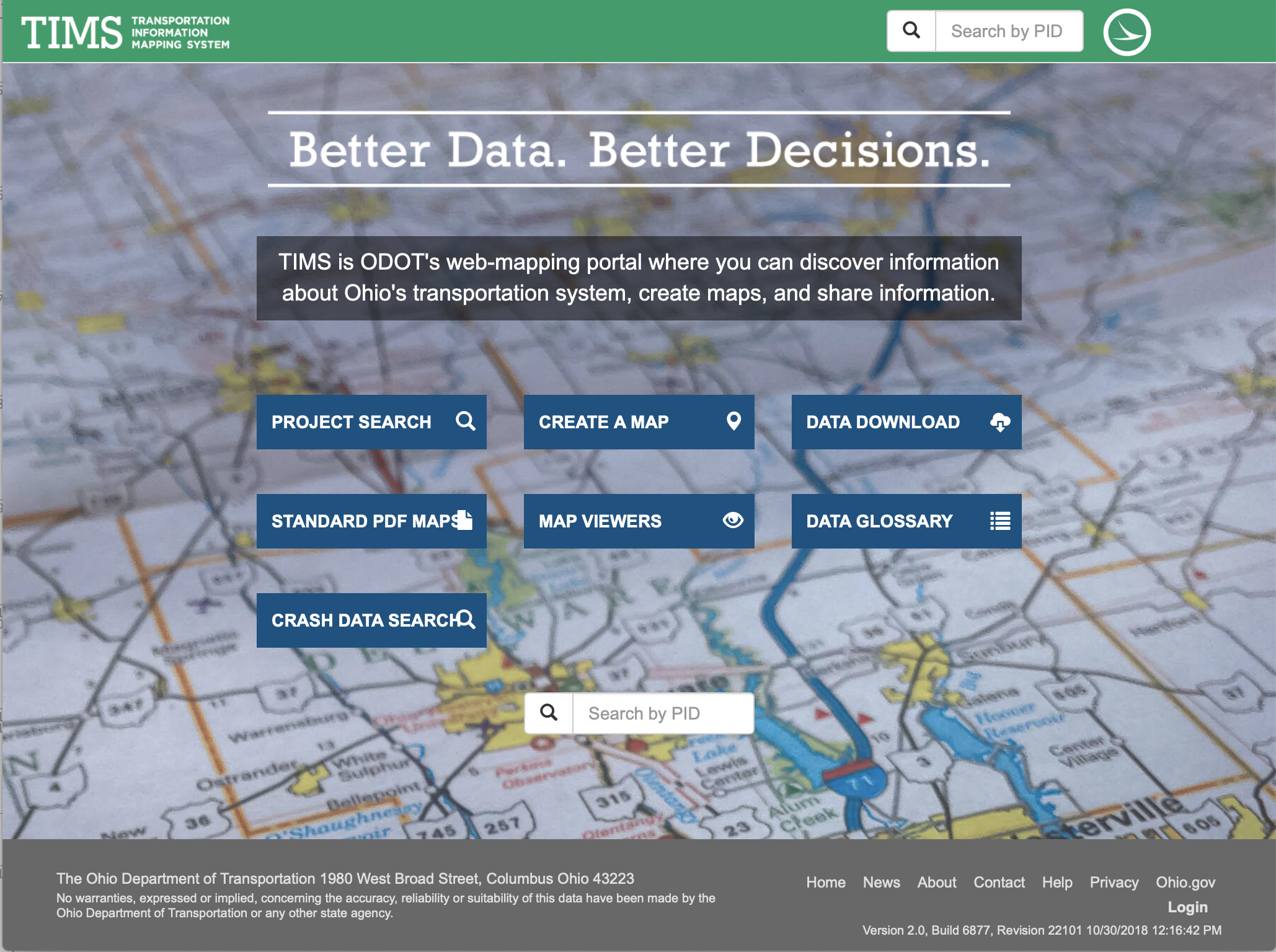- Chapters
-
Chapter 2
Sections - Chapter 2 Home Page
- Chapter PDF
Chapter 2
Quick Links
2.2.4
Information Management
Planning and Programming, Performance Management and Risk management are activities that form components of the asset management framework within an agency. They are necessary to manage the infrastructure portfolio, and the services it supports.
Asset management relies on good data and tools to guide investment decision-making. Indeed many agencies have a wealth of data about their infrastructure, but are challenged to leverage information to make better decisions. Information management is the discipline that delivers foundational capabilities for asset management results. Asset management systems connect inventory and condition with analytical capabilities to predict asset condition under various funding and action scenarios. Other information and tools allow for the ability to relate asset actions across assets and with other transportation areas, such as safety and mobility. This section provides a brief overview of information management and how it supports the implementation of the concepts discussed in this guide. More detail can be found in subsequent Chapters. Each section has been crafted to illustrate how data, information and analysis can be leveraged to create better outcomes, and enable agencies to improve how they deliver services.
Data Collection Standards and Processes
Standards and processes for data collection are two important aspects of integrating asset management practices across the agency. Collecting a standard set of data elements for each asset ensures consistency, and better enables analysis and reporting across assets. Standard data elements can include a unique asset identifier, designated asset category and asset type. Geospatial referencing standards are also important. In order to see assets on a map and integrate them spatially, agencies need a standard way to locate them. It is also important to consider the data collection intake process. Before data is collected, agencies should determine if specific data already exists in order to prevent duplication. If the data does not exist and needs to be collected, agencies should consider how new data will integrate with what is available currently. This ensures the data is used in the most effective way possible. Finally, responsibility needs to be assigned to an Asset Data Steward who is responsible for ensuring data standards and processes are followed.
TIP
Data for asset management purposes can often be pulled from existing datasets that are used for other purposes. Alternatively, data collected for TAM purposes can often be used to fulfill other agency responsibilities.
Asset Information Across the Life Cycle
TAM integration also relies on collecting and updating asset information across the life cycle of the asset. It is important to think holistically about the asset life cycle, from the initial design phase and through future maintenance and rehabilitation activities. Technologies and processes are becoming available to extract asset information from design and as-built plans to populate inventories. Many agencies have processes in place to think holistically about assets during the project scoping and design phase.
Agencies face challenges in integrating asset information across the life cycle of the asset, because there is often a disconnect between maintenance activities, planning/ programming and the assets. For example, maintenance divisions may not know about planned projects on particular assets that have been scheduled for repairs. Better linkage between the work an agency is planning for the future, the work they are doing currently and the general condition of the assets is important to cultivate. Maturing agencies are working hard to bridge this gap. Chapter 6 provides more information on updating asset information and connecting with maintenance activities.
Common Set of Asset Management Reporting Processes
Another aspect of information management strategy that can help integrate TAM across an agency is to develop a common set of asset management reporting processes. Many agencies are successfully mapping different types of assets and making this information available on a GIS portal. Typically, these portals have different layers for each asset. This is one example of a consistent process for sharing information about assets.
As agencies seek to make cross-asset tradeoffs and scope projects considering multiple types of needs, having a common set of reporting processes and consistency across different tools becomes even more important. An example of the challenge agencies face in doing this is seen in the TAMP development process. Developing a TAMP requires information about the needs of different assets. This information must then be communicated with a common set of definitions and combined with funding information. Practitioners have to be aware of the funding and cost assumptions used in every tool before they can report numbers in the TAMP. For instance, the pavement management system might only include costs for the pavement work, whereas other planning tools might incorporate guardrail costs and other costs related to the work. Different tools might also use different assumptions for inflation. In order to bring all this information together in a TAMP, agencies need to make sure their reporting and assumptions are consistent.
Ohio DOT
Ohio DOT (ODOT) has focused on data and information management improvements as a foundational element of their asset management program. As part of this they have strengthened their geographic information system (GIS) and linked it to over 80 data sets. The agency’s TIMS allows users to make collaborative decisions based on shared access to the same data sets.
Source: Ohio DOT. TIMS.https://gis.dot.state.oh.us/tims/

